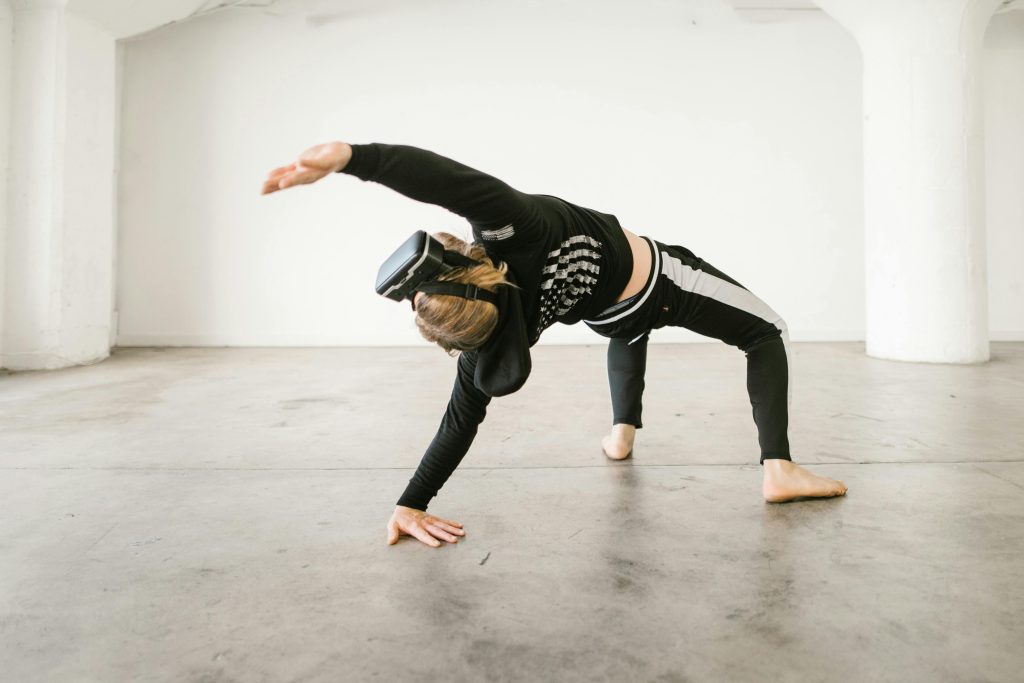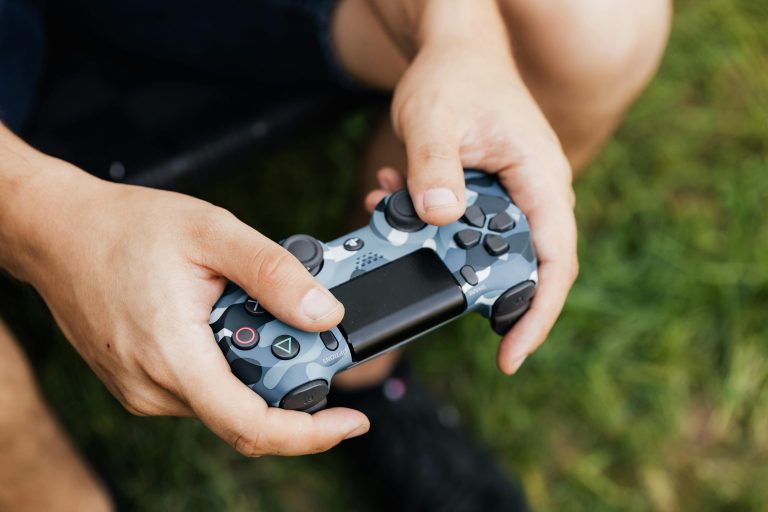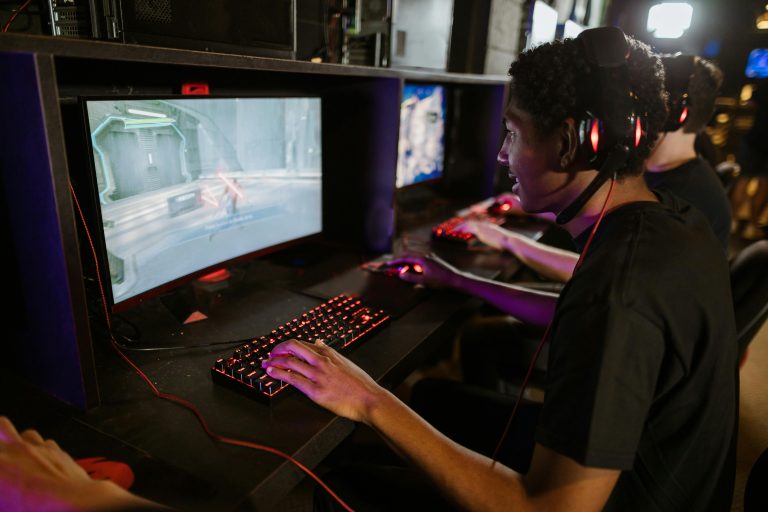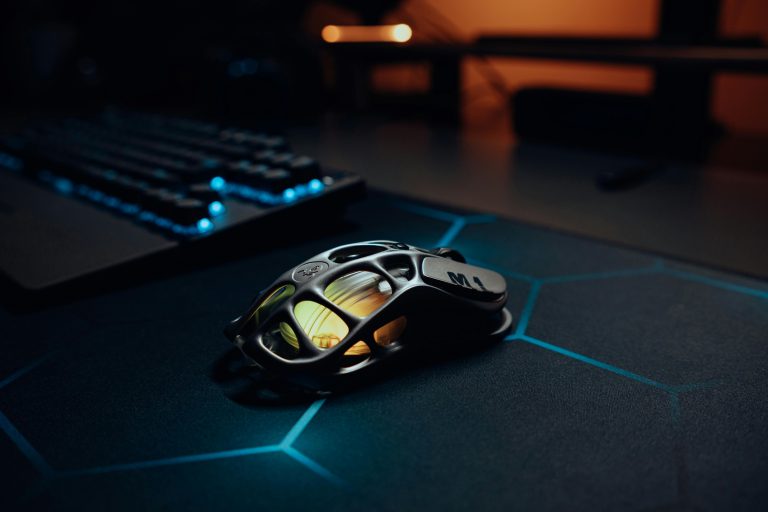
Remember the days when “working out” meant a monotonous jog on a treadmill, counting down the minutes until you could leave the gym? Or forcing yourself to lift weights in a crowded, intimidating room? For many, the traditional path to fitness has been paved with boredom and a lack of motivation. But what if you could trade that treadmill for a climb up a frozen mountain, or swap those dumbbells for a pair of lightsabers? This isn’t a futuristic fantasy; it’s the reality for millions who have discovered the exhilarating world of VR fitness games. This fusion of cutting-edge technology and physical activity is not just a passing trend—it’s a full-blown workout revolution that is fundamentally changing how we approach health and wellness. The explosion in popularity of VR fitness is no accident; it’s the result of a perfect storm of engaging gameplay, proven results, and unprecedented accessibility.
The Power of Fun: Gamification and Immersion
At its core, the meteoric rise of VR fitness is powered by one simple principle: it’s incredibly fun. Traditional exercise often relies on sheer willpower, but VR fitness leverages the psychological power of gamification. Instead of chasing reps or calories burned, you’re chasing high scores, unlocking new levels, and defeating bosses.
When you strap on a VR headset, you are no longer in your living room. You are transported to a rhythm-based neon wonderland in Beat Saber, slicing blocks to the beat of energizing music. You are a gladiator in Supernatural, performing squats and lunges to dodge obstacles while striking targets in breathtaking natural landscapes. This complete immersion is a game-changer. The time flies by because you are engaged in an experience, not just counting down the seconds of a workout. The mental focus required to play the game successfully distracts you from the physical exertion, a phenomenon often called “exercise in disguise.” This transforms a chore into a rewarding activity you actually look forward to.
Delivering Real, Tangible Results
It would be easy to dismiss VR fitness if it were all fun and no substance. However, the science and user testimonials confirm that these games provide a legitimate, effective workout. Many popular VR fitness titles are designed around high-intensity interval training (HIIT) principles, which are renowned for burning calories and improving cardiovascular health efficiently.
Studies have shown that games like Beat Saber and BoxVR can burn a comparable number of calories to traditional exercises like tennis or cycling at a moderate pace. Players often report significant weight loss, improved stamina, and increased muscle tone, particularly in the core, arms, and shoulders. Furthermore, the full-body movement required by most games promotes better flexibility, coordination, and reflexes. The instant feedback provided within the game—your accuracy, your score, your calories burned—serves as a powerful motivator to push harder and improve with each session, ensuring continuous progress.
Unbeatable Convenience and Accessibility
One of the most significant barriers to a consistent fitness routine is accessibility. Gym memberships are expensive, commuting takes time, and bad weather can derail outdoor plans. VR fitness demolishes these barriers. Your gym is now wherever you have a few square meters of free space. The entire library of experiences is available 24/7, requiring only the time it takes to put on your headset.
This convenience also makes fitness accessible to a wider audience. For those who feel self-conscious or anxious in a public gym, VR offers a private, judgment-free zone to work out at their own pace. It’s a powerful tool for beginners who might be intimidated by complex gym equipment. The low initial investment in a headset often pays for itself compared to annual gym fees, making it a cost-effective long-term solution for many households.
A Thriving Community and Constant Innovation
Humans are social creatures, and fitness is often more sustainable with a community. VR fitness platforms have brilliantly integrated social features that prevent the experience from feeling isolating. You can work out with friends in virtual co-op modes, compete against others on global leaderboards, or even join live, instructor-led classes in apps like Supernatural.
This sense of shared purpose and friendly competition adds another layer of accountability and motivation. You’re not just working out; you’re part of a movement. Furthermore, the VR landscape is one of rapid innovation. Developers are constantly releasing new games, new modes, and new fitness challenges, ensuring the content never grows stale. From boxing and dancing to archery and puzzle-solving, the variety of physical experiences keeps users engaged and excited for years.
More Than Physical: The Mental Health Bonus
The benefits of VR fitness extend far beyond the physical. The immersive nature of virtual reality provides a powerful form of escapism, which can be a tremendous boon for mental health. A 30-minute session can serve as a complete mental reset, pulling you away from daily stressors and allowing you to focus solely on the game at hand.
The combination of physical exertion—which naturally releases endorphins—and the cognitive engagement of gameplay creates a potent cocktail for reducing anxiety and improving mood. For many users, their VR workout is the highlight of their day, a dedicated time for themselves to have fun, relieve stress, and achieve a sense of accomplishment.
Conclusion
The explosion of VR fitness is a testament to a simple truth: when exercise stops feeling like a task and starts feeling like play, people will do more of it. By masterfully combining immersive fun, tangible results, and unparalleled convenience, VR fitness games have successfully broken down the long-standing barriers of boredom, intimidation, and inaccessibility that have plagued traditional fitness for decades. This is more than a new way to sweat; it’s a fundamental shift towards a more sustainable, enjoyable, and holistic approach to health. The revolution is here, and it’s inviting you to play.






